Zoos are fun, informative, often overlooked
EX-ZOO-BERATING. Three visitors stare at pandas in the enclosure. The girl enjoys frequent visits to the zoo with her grandparents.
Berk Oto, Clare O'Connor
WASHINGTON D.C. — It’s a quiet day at the Smithsonian’s National Zoo in Washington D.C. Huddled under ponchos, families walk silently along winding paths from enclosure to enclosure, undaunted from their expeditious exploration. Their children run straight through the downpour like a knife through butter. It’s a special day for them.
Rain or shine, zoos like the National Zoo in Washington or the Lincoln Park Zoo in Chicago are free places where anyone can visit and learn about a world that is often far from their daily lives. The fun, experiential learning these places provide is invaluable to people of all ages.
We believe a lot of times that these animals are here to act as ambassadors for their species
— Sam Milne
Urban zoos are a refreshing change from the relative monotony of city blocks. Students at Lab can go to the Lincoln Park Zoo, which is a 15-minute drive away from Lab, for free meaning there is no issue of accessibility. Yet, many Lab students choose to ignore the zoo when making weekend plans.
“People these days have a pretty big disconnect from the natural world. I think it makes it a little bit easier for them if they see that animal in person at a zoo or something like that, that kind of gives them that empathy,” said Sam Milne, a seal trainer at the National Zoo. “We believe a lot of times that these animals are here to act as ambassadors for their species.”
The wonder that people experience when visiting zoo animals is an important part of why Merry, who has been volunteering with the zoo for five years, enjoys her job.
“People come in here and they fall in love with something they’ve never seen before, something they’ve never known about before,” she said.
She said even teenagers are excited at the zoo.
“They might be embarrassed about it, but I see even them getting a kick out of being here,” she said.
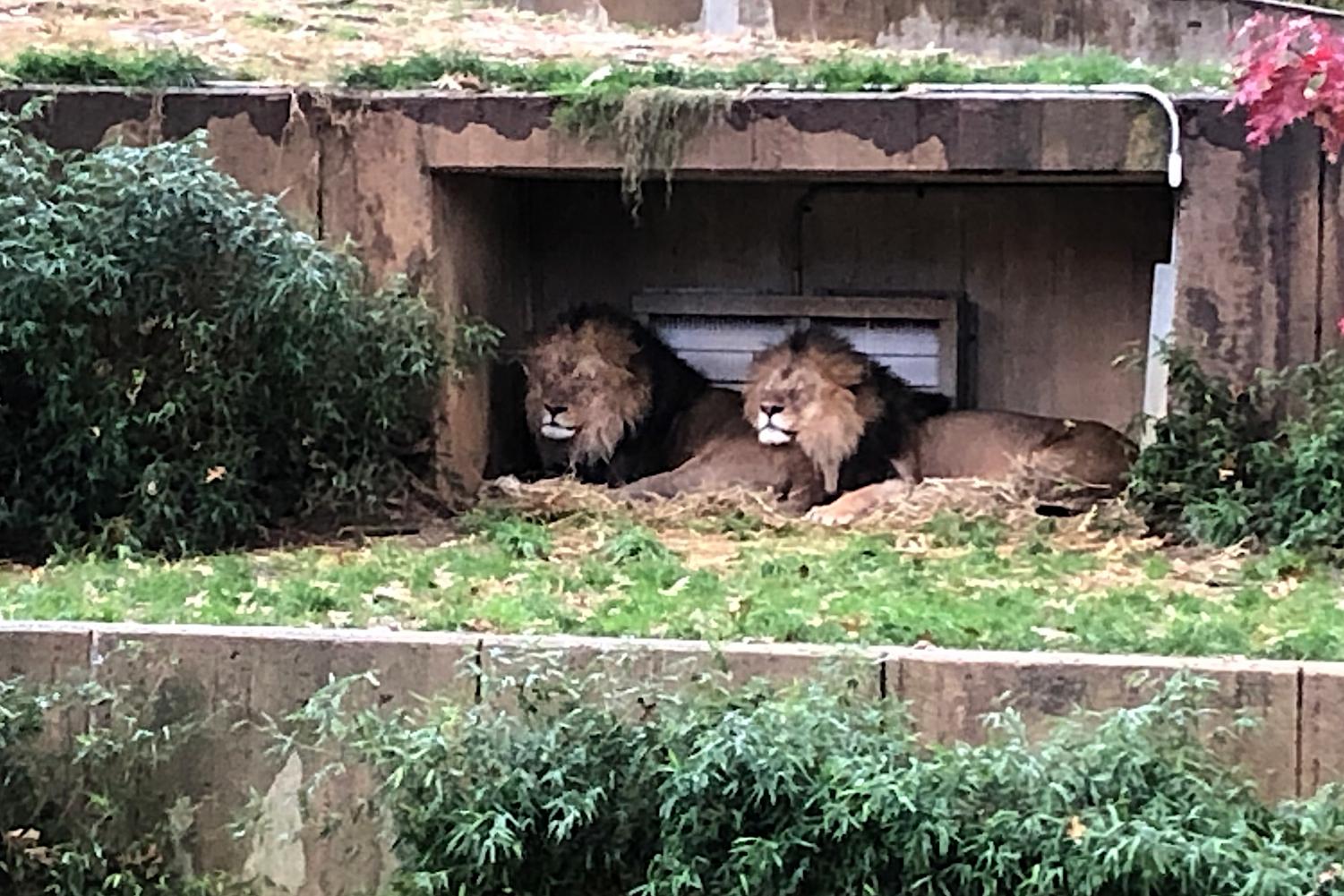
Two brother lions cuddle up under shelter from the rain in the “Great Cats” area. The lions were all born at the zoo.
Free access to a window to the natural world is vitally important in an age of increasing development and technology that can take people further away from that world, and zoos like the National Zoo and the Lincoln Park Zoo make it their mission to fill that role.
“Our chances of getting to Africa to see them are pretty slim, so it’s pretty nice to see them here, and these are the kind of animals that may not be around in 100 years so you want to be able to see them and you want your kids to see them,” said Sheila Dominguez, who with her husband Mike was taking their grandson William to a “Zoo Tunes” class for infants and toddlers. Mike and Sheila became members of the zoo because they knew they would be bringing William there many times as he grew up.
Zoos often go unmentioned among teens and young adults as places to go, but they provide a place not just to hang out and see new and interesting animals, but a way to support research and conservation and learn about the world around us and how we can make it better.
The Lincoln Park Zoo in Chicago is a great place for Lab students to fulfill Dewey’s philosophy of learning experientially about the natural world but in an urban setting.




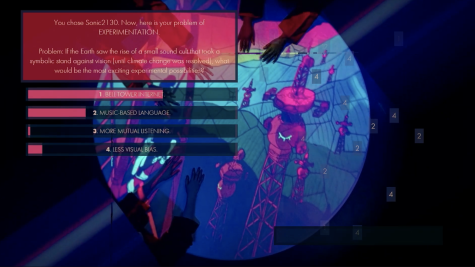



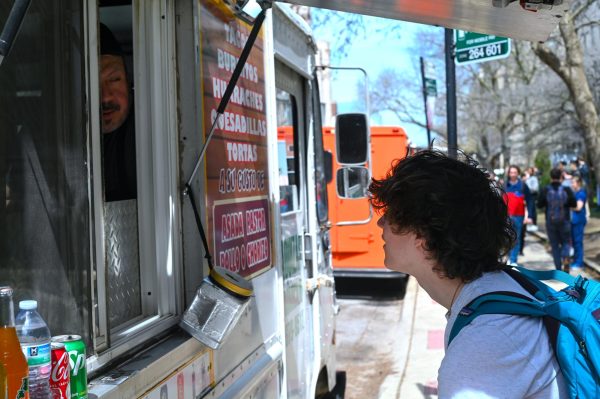
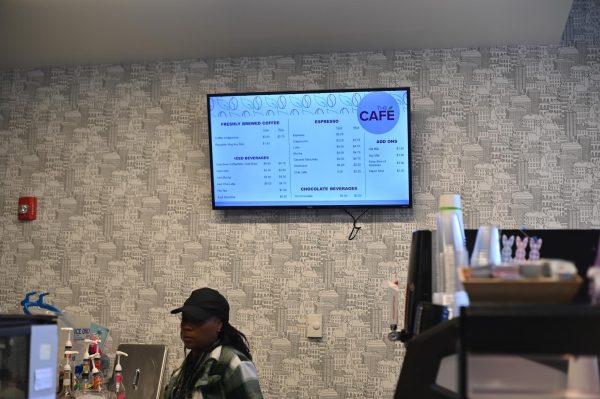


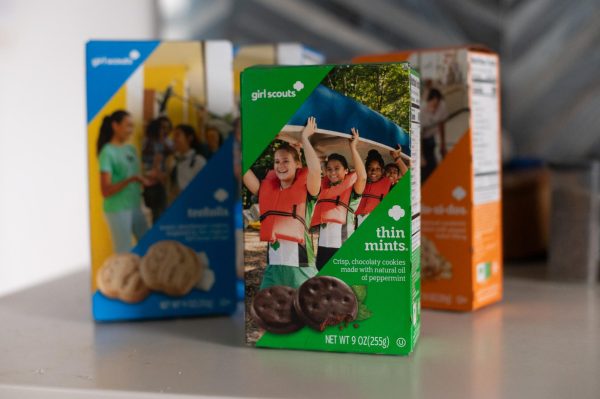


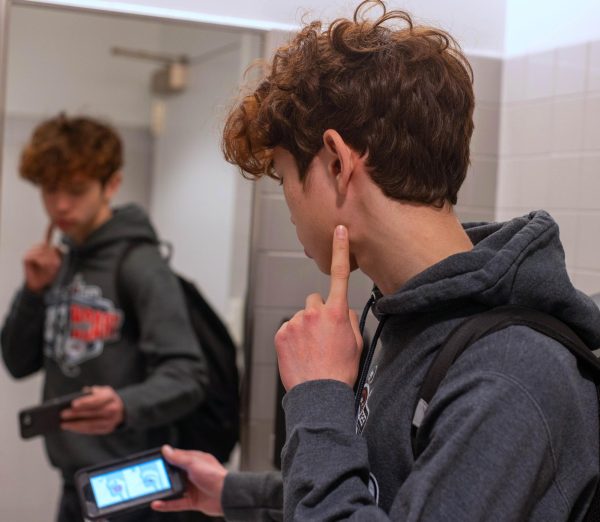

Taylor Abrams • Dec 27, 2022 at 5:37 pm
I’m glad you noted that zoos are free places anybody may visit and learn about a world that is frequently remote from their daily life, rain or shine. Both of my kids will be so happy to learn this information since they love animals so much, I think I’ll go look for a Drive Thru zoo around my area so I can bring my kids and have them experience the thrill of seeing tons of animals.